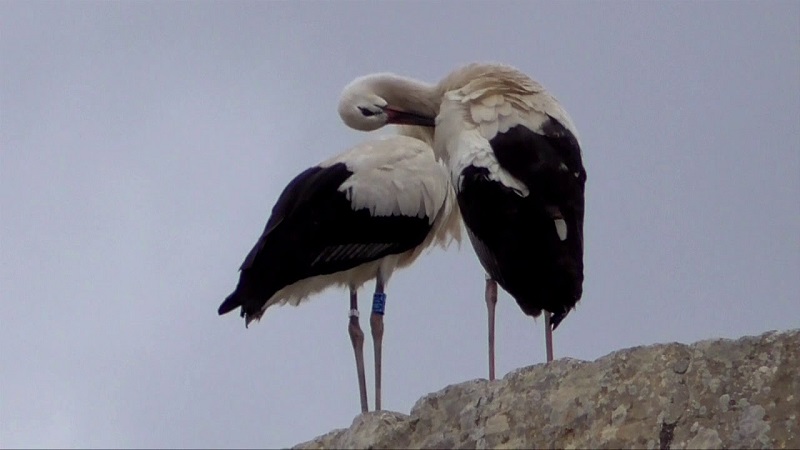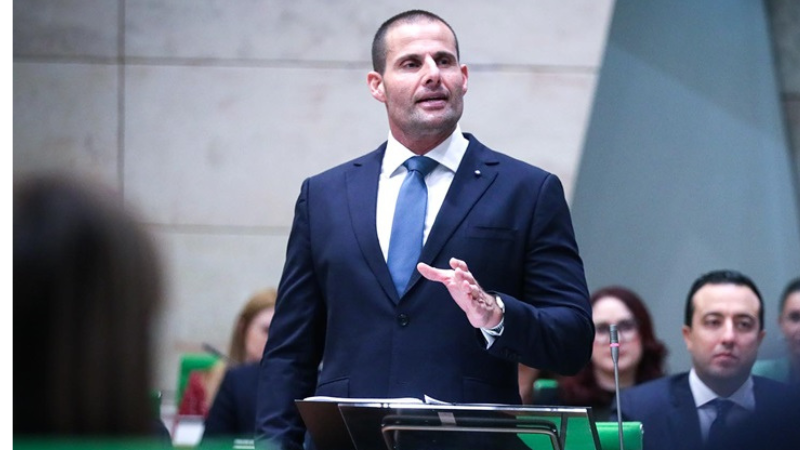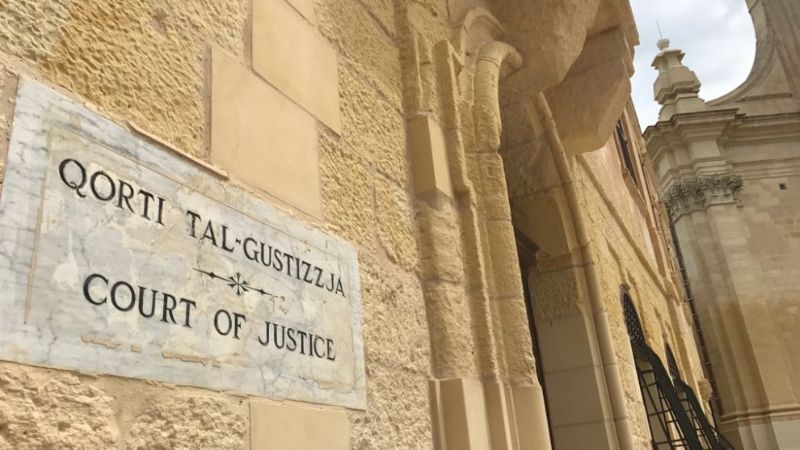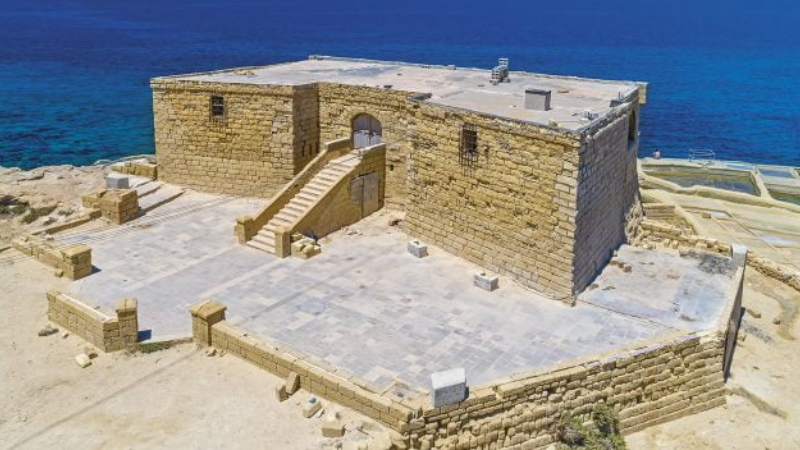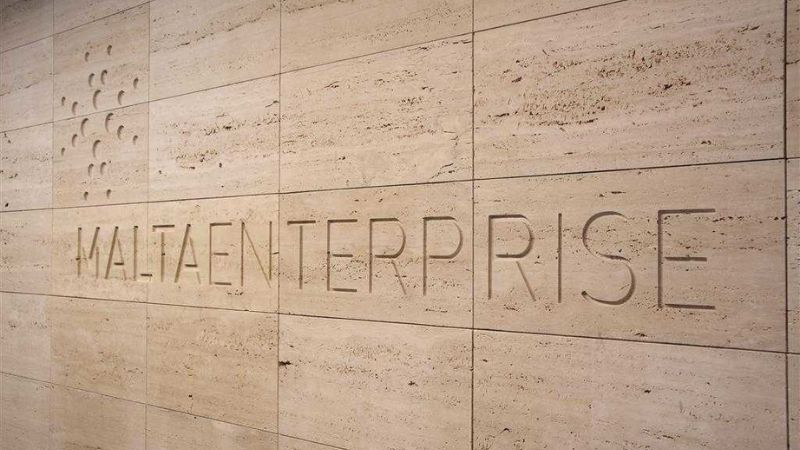Storks are not just beautiful, they are intricately bound up with human civilisation. When farming started, these iconic birds benefited. As their populations grew, so did the legends surrounding them, imbuing them with protective properties.
Industrialisation caused stork populations to decline rapidly but these ‘baby-bringing’ birds were such an important part of our European cultural heritage that from 1948 onward, people decided to do something about it.
Five storks were shot down in Malta last week, since a flock of 18 arrived on the islands. Yet, across Europe, countries are still pulling out all the stops to make sure they see storks every year.
Here’s a run down of just a few of the projects being done abroad – work that can be undone in seconds at the end of a Maltese hunter’s gun.
France
By the 1970s, there were only 10 mating stork pairs in Alsace. Upset at the loss of their local emblem, the French inaugurated the Centre for the Reintroduction of Storks in 1976 to captive breed the birds. Now, over 800 wild pairs breed in the area annually. Supporters erect platforms for new nests, maintain old ones and encourage utility companies to rejig power lines to avoid electrocuting the birds. The storks have become a tourist attraction, generating money for the local economy.
UK
The last known breeding pair in the UK raised chicks on St. Giles Cathedral in Edinburgh in 1416 but ancient place names such as Storwood and Storgelond hint at how common storks once were. 2018 heralded a reintroduction programme. Six birds have been released and the team plan to have a self-sustaining population by 2030.
Belgium
An innovative project saw zoo birds placed in an open enclosure so that they could be joined by wild birds, which came for the free food. The captive and wild birds bred, and the juveniles rejoined the natural migration cycle. There are over 50 breeding pairs now.
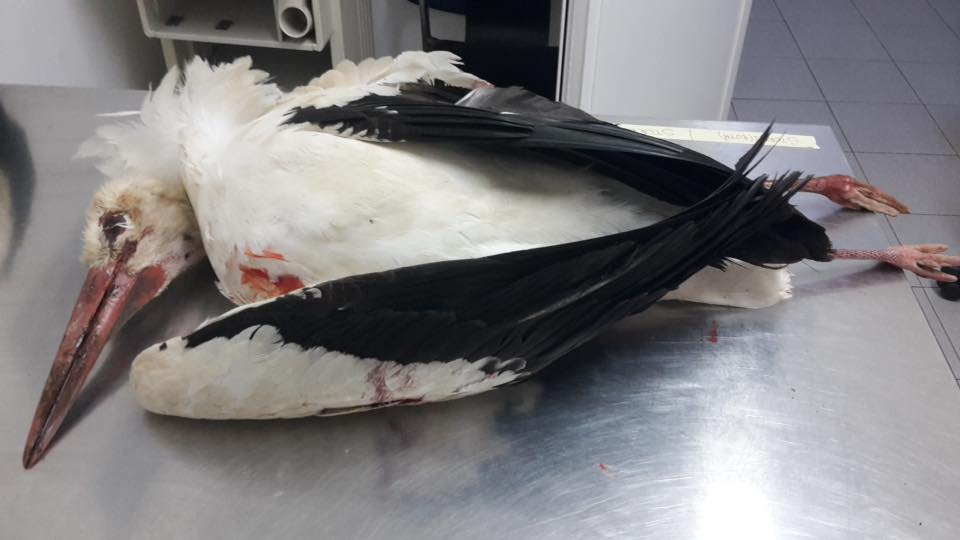
One of the storks shot in Malta. Photo: Birdlife Malta
Lithuania
An EU LIFE project from 2009 to 2013 aimed to secure the future of White Storks, at a cost of €2.5 million. Actions to benefit the storks included erecting 3,260 nesting platforms (double the original target) and creating a film and stork webcam feed.
Sweden
Reintroductions began in 1989 after storks disappeared from the Scania region and 71 birds now breed there, with storks being used as a flagship species for wetland protection.
Europe-wide
Euronatur has a network of ‘European Stork Villages’ which honours the best local stork projects. There are currently 15 such villages in Spain, Serbia, Macedonia, Turkey and beyond.
Throughout Europe these birds symbolise good fortune. Yet despite all these efforts, in Western Europe White Storks remain rare.
Their slaughter in Malta, which happens with depressing regularity, has a direct impact on conservation efforts. For example, in 2014, a White Stork ringed by an Italian conservation project in Udine was shot in Malta. That represents a waste of the thousands of euro invested in protecting the birds in Italy.
It also means that Maltese people don’t get to experience the joy of seeing these birds flying free. Instead they cringe when the birds arrive, knowing their fate is sealed.

